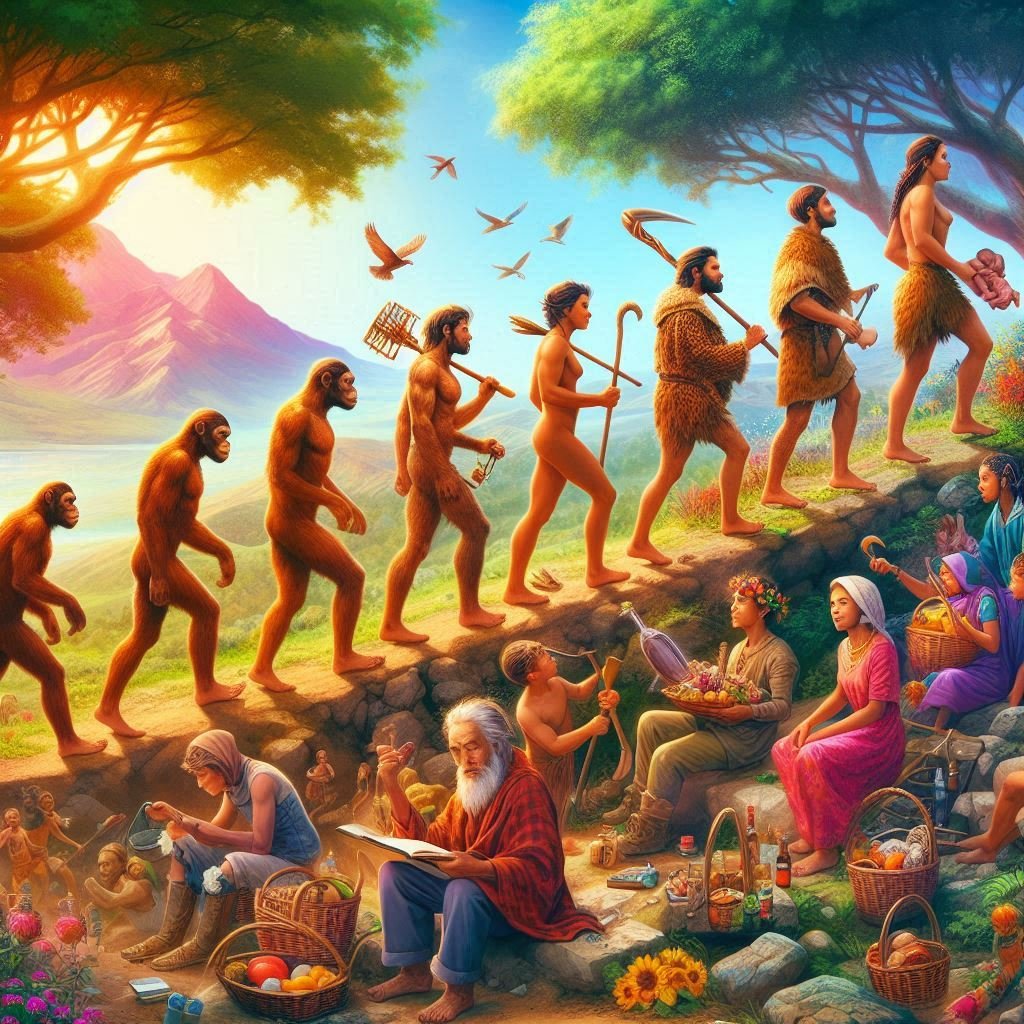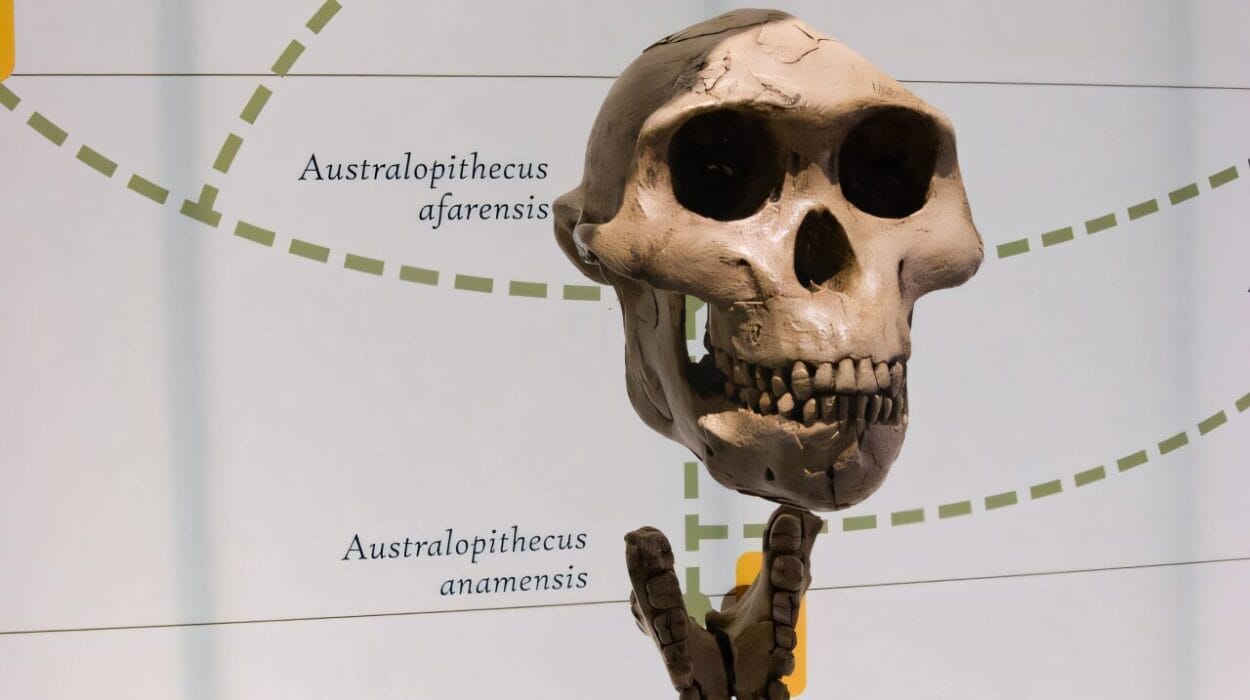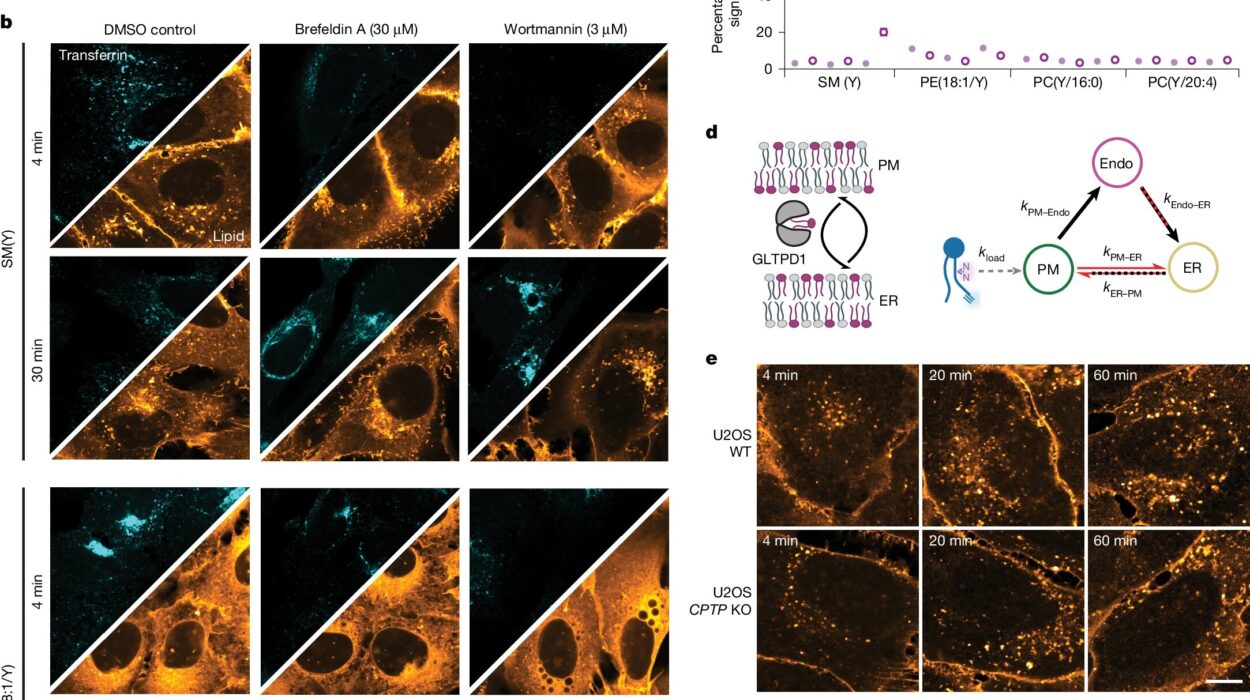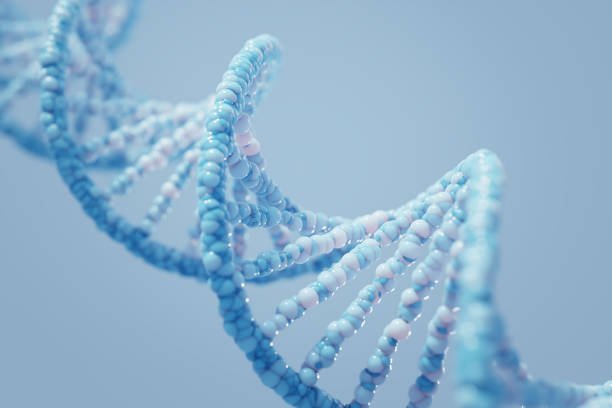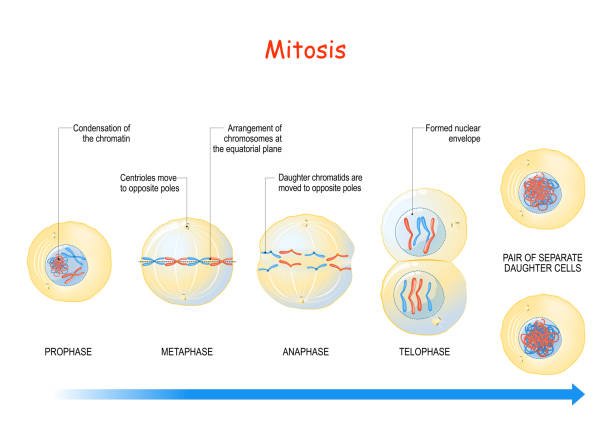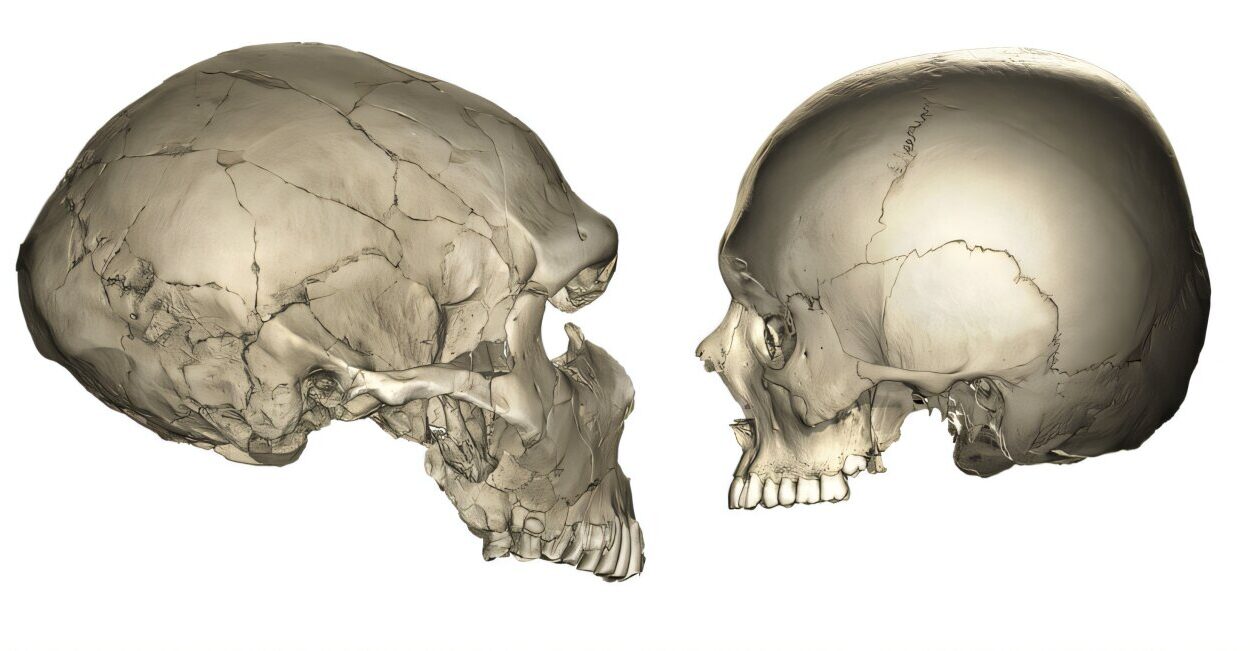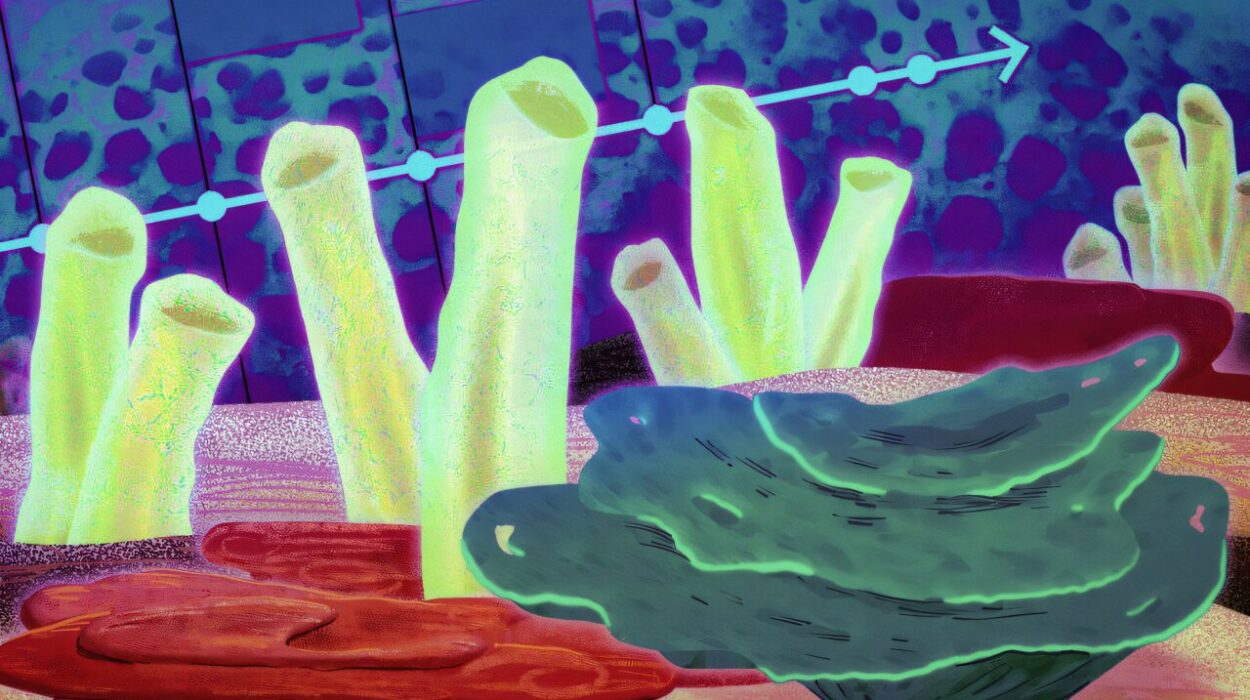The history of life on Earth is nothing short of extraordinary. From the earliest single-celled organisms that floated through ancient oceans billions of years ago, to the dazzling diversity of plants, animals, and humans that now populate the planet, one question has intrigued thinkers across ages: How did it all come to be?
The theory of evolution provides the answer. It is the grand unifying idea in biology—the lens through which we understand how life diversifies, adapts, and transforms over time. It explains how giraffes got their long necks, why birds have feathers, and even how your own genes trace back to ancient ancestors. But evolution is more than just biology’s guiding principle; it’s a story about time, change, and survival.
Origins of a Revolutionary Idea
Although the idea that life evolves wasn’t entirely new in the 19th century, it was Charles Darwin who transformed it into a scientific theory. In 1859, he published On the Origin of Species, introducing a mechanism that could explain how evolution occurs: natural selection.
Darwin’s insight came during his voyage aboard the HMS Beagle, especially from his observations of finches in the Galápagos Islands. He noticed that different islands had finches with distinct beak shapes, each adapted to a specific food source. Could these birds have once shared a common ancestor, diverging over time due to environmental pressures? Darwin thought so—and that thought would change everything.
Today, Darwin’s theory of evolution by natural selection stands as a cornerstone of modern science. But it has since expanded and integrated genetics, molecular biology, and paleontology, giving rise to what we now call the modern synthesis of evolutionary biology.
The Core Mechanism: Natural Selection
Imagine a population of beetles, some green, some brown. Birds in the area prefer to eat green beetles because they’re easier to spot. Over time, more brown beetles survive and reproduce. The green beetles, unfortunately, are lunch. As generations pass, the brown beetles become more common.
This is natural selection in action. Traits that increase an organism’s chances of survival and reproduction tend to become more common in a population. It’s not about perfection—it’s about fit. The better “fit” an organism is for its environment, the more likely it is to pass on its genes.
Darwin called this process the “struggle for existence,” but it’s not necessarily violent. It’s simply the competition for limited resources—food, mates, shelter—where small advantages can make a big difference over generations.
Mutation: The Fuel of Evolution
For evolution to occur, there must be variation. Where does this variation come from? The answer lies in mutations—random changes in an organism’s DNA.
Most mutations are neutral or even harmful, but once in a while, a mutation offers an advantage. Perhaps a slightly thicker fur coat in colder climates, or a sharper sense of smell to find food. Over time, these beneficial mutations accumulate, shaping the evolutionary path of species.
Mutations are nature’s creative spark. They don’t occur because they’re needed—they just happen. But once present, they can be acted upon by natural selection. Without mutation, evolution would grind to a halt.
Genetic Drift and the Role of Chance
Not all evolutionary change is due to natural selection. Sometimes, chance plays a surprising role.
Genetic drift refers to random changes in the frequency of traits within a population, especially in small populations. Imagine a sudden storm wipes out half a population of frogs, regardless of their fitness. The survivors may, by sheer luck, carry a different mix of genes. Over time, these random shifts can lead to significant changes, even speciation.
In other words, evolution is not always a slow, deliberate march. It can also be a chaotic shuffle, with randomness shaping life in unpredictable ways.
Speciation: The Birth of New Species
Over long timescales, evolutionary change can lead to the formation of entirely new species. This process, known as speciation, typically occurs when populations become geographically or reproductively isolated.
Consider a group of squirrels separated by a newly formed canyon. Over thousands of years, the two populations adapt to their respective environments. Mutations arise, natural selection acts, and genetic drift occurs. Eventually, even if the canyon disappears, the two groups may no longer recognize each other as mates. They’ve become distinct species.
Speciation is the engine of biodiversity. It explains how life branches out from common ancestors, forming the vast tree of life that we see today.
Fossil Evidence: Evolution in Stone
Fossils are time capsules. They offer snapshots of ancient life, allowing us to trace evolutionary change through deep time.
From the transition of fish to amphibians, reptiles to birds, and primates to humans, the fossil record tells a consistent story of gradual change and adaptation. While not every intermediate form is preserved, enough have been found to draw clear evolutionary lineages.
One famous example is Archaeopteryx, a feathered dinosaur from the Jurassic period. With both reptilian and avian features, it bridges the gap between dinosaurs and birds—a textbook example of a transitional fossil.
Molecular Evolution: Reading the Genetic Code of Life
In the 20th century, evolution entered the molecular age. Scientists discovered that DNA—the molecule of heredity—is shared by all living organisms. This common genetic language reveals deep connections among species.
By comparing DNA sequences, scientists can reconstruct evolutionary relationships with astonishing precision. Humans share about 98.8% of their genes with chimpanzees, highlighting our close evolutionary kinship. Even the humble banana shares about 60% of its DNA with us, reminding us that all life is deeply interconnected.
Molecular evolution also sheds light on the “molecular clock”—a method for estimating the time of divergence between species based on genetic mutations. These tools have revolutionized evolutionary biology, turning the genome into a historical archive.
Evolution in Action: Observing Change in Real Time
While evolution often spans millions of years, it can also be observed in much shorter timescales.
In the 20th century, the introduction of antibiotics led to the rise of drug-resistant bacteria. This is evolution at lightning speed: bacteria with mutations that resist antibiotics survive and multiply, while others perish. Similarly, insects have evolved resistance to pesticides, and viruses like COVID-19 continue to mutate into new variants.
Even in visible species like birds and lizards, scientists have documented changes in beak size, coloration, and behavior in response to environmental shifts. Evolution is not a relic of the past—it’s happening all around us.
Common Descent: The Family Tree of Life
One of the most profound insights of the theory of evolution is the idea of common descent—that all living organisms share a common ancestor.
From bacteria to whales, mosses to humans, the diversity of life is not random. It’s a branching tree, with species diverging and diversifying over billions of years. This tree of life is supported by evidence from fossils, anatomy, embryology, and genetics.
The implication is staggering: the cells in your body, the air you breathe, and the food you eat are all part of the same grand evolutionary story.
Evolution and Human Origins
Perhaps the most debated—and captivating—aspect of evolution is our own origin.
Fossil and genetic evidence shows that modern humans (Homo sapiens) evolved in Africa about 300,000 years ago, descending from earlier hominins like Homo erectus and Australopithecus. We walked upright, developed larger brains, and gradually spread across the globe.
Along the way, we encountered and interbred with close relatives like Neanderthals and Denisovans. Today, most people carry small traces of these ancient cousins in their DNA.
Understanding human evolution helps us see ourselves not as separate from nature, but as deeply embedded within it. We are the product of a long, wondrous journey shaped by adaptation, chance, and resilience.
Misconceptions About Evolution
Despite its strong scientific foundation, evolution is often misunderstood. One common myth is that evolution is “just a theory,” implying it’s a guess. But in science, a theory is a well-substantiated explanation backed by evidence. The theory of evolution is as robust as the theory of gravity or germ theory.
Another misconception is that evolution is goal-directed—that species evolve “to become better.” In reality, evolution has no foresight. It doesn’t aim for perfection. It simply favors traits that work in the moment. What’s beneficial today might be disadvantageous tomorrow.
People also mistakenly believe that humans evolved from monkeys. In fact, humans and modern monkeys share a common ancestor. Neither descended directly from the other.
Clearing up these myths is crucial, especially in education. Evolution is not just a theory about biology—it’s a powerful lens for understanding life itself.
Evolution and Society: Ethics, Education, and Impact
The implications of evolution extend beyond biology. They touch on ethics, philosophy, and even politics.
Understanding evolution helps us grasp the importance of biodiversity, conservation, and environmental stewardship. It also informs fields like medicine, agriculture, and artificial intelligence. Evolutionary principles guide vaccine design, pest control, and understanding human behavior.
But the theory has also been misused—twisted into pseudoscientific ideologies like social Darwinism or eugenics. These distortions have caused great harm and underscore the importance of separating science from ideology.
In classrooms, evolution often faces resistance due to religious or cultural beliefs. But teaching evolution isn’t about challenging faith; it’s about equipping people with the tools to understand the natural world. Science and spirituality can coexist—but understanding life through evolution is essential for scientific literacy.
The Future of Evolutionary Science
As technology advances, the study of evolution is entering new frontiers. Scientists are now exploring how life might evolve beyond Earth, examining extremophiles and simulating potential alien biospheres. Synthetic biology is creating organisms with custom DNA, raising questions about the boundaries of natural evolution.
CRISPR and gene editing tools allow us to accelerate evolution in the lab, potentially eradicating diseases or restoring extinct species. But they also raise ethical dilemmas: should we steer evolution? Should we edit ourselves?
Meanwhile, climate change, habitat loss, and pollution are driving rapid evolutionary responses in wildlife. Some species may adapt, others may vanish. Understanding these dynamics is crucial for preserving life on Earth.
Conclusion: Evolution as a Living Story
The theory of evolution is not just a scientific concept—it is the story of life itself. It explains how we got here, how we are connected to every living thing, and how we continue to change.
From ancient bacteria to modern humans, from feathered dinosaurs to singing whales, evolution reveals the beauty, complexity, and resilience of life. It reminds us that change is constant, survival is dynamic, and diversity is the result of billions of years of natural innovation.
In a world where knowledge expands faster than ever, the theory of evolution remains one of the most powerful ideas we possess. It’s not just about the past—it’s a guide to understanding the present and shaping the future.
